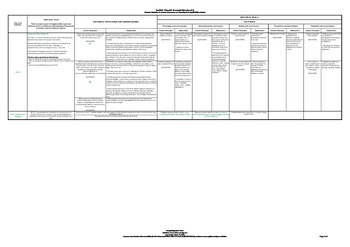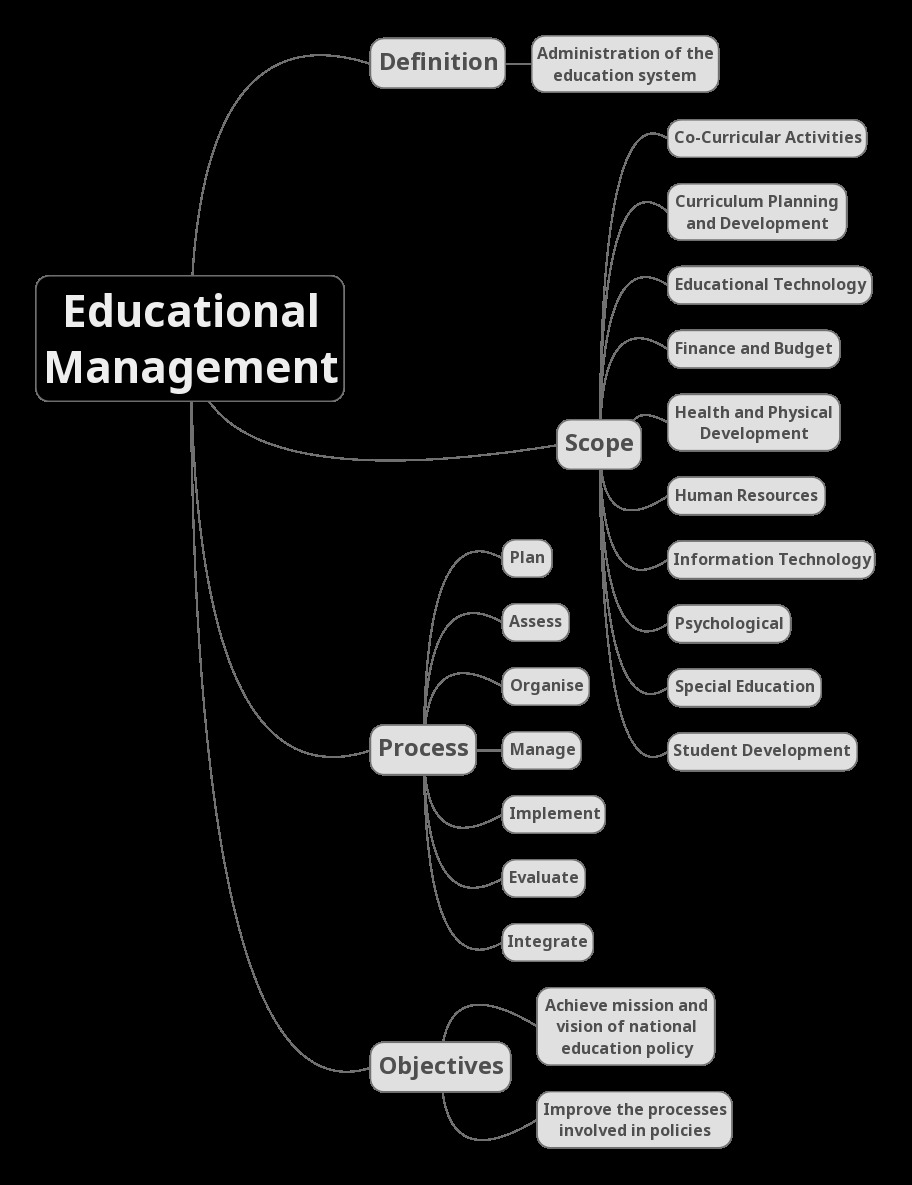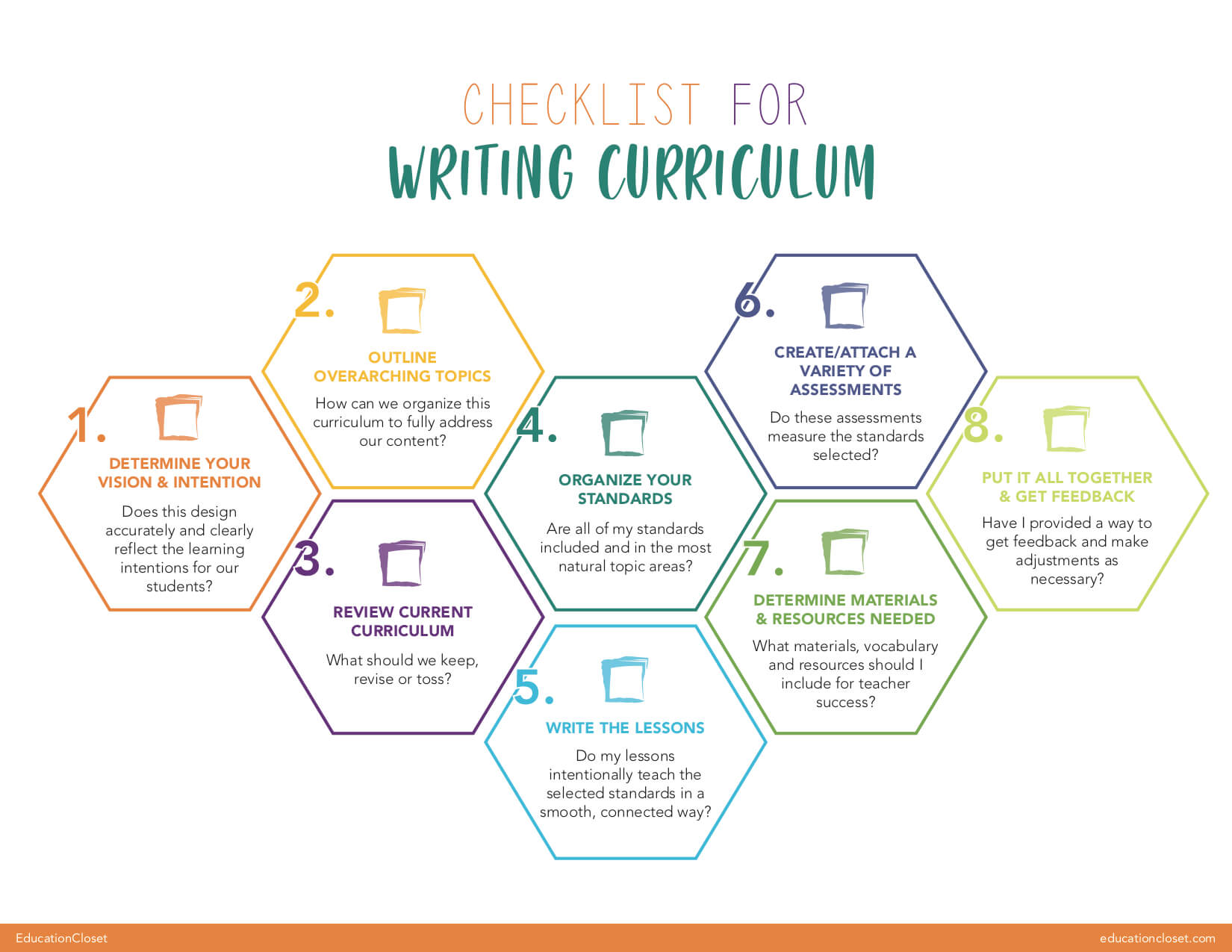- Curriculum Frameworkseffective Curriculum Ideas 4th Grade
- Curriculum Frameworkseffective Curriculum Ideas Preschool
Curriculum Capital: Principals, Coordinators and Leadership Teams can lead a school-wide approach to have each year level team annotate upon the frameworks to effectively 'map' how each year/grade level within a school meets each of the required curriculum areas, essentially capturing the approaches to curriculum that make school x 'great'. Six Principles of Effective Curriculum Design for Inclusion Big Ideas. Limit the number of new concepts introduced in a lesson, and focus first on the most basic concepts before advancing to the more complex concepts. Be sure that students understand one concept before introducing the second.
Supporting School Readiness for All Children
The National Center on Early Childhood Development, Teaching, and Learning (NCECDTL) uses a house to represent five integral elements of quality teaching and learning for children ages birth to 5 in all program options. The five elements of the House Framework include:
- Foundation: Providing nurturing, responsive, and effective interactions and engaging environments
- First Pillar: Implementing research-based curriculum and teaching practices
- Second Pillar: Using screening and ongoing assessment of children's skills
- Roof: Embedding highly individualized teaching and learning
- Center: Engaging parents and families
When these elements are connected, they form a single structure that surrounds the family in the center. The family is at the heart of the house because each house element is implemented in partnership with parents and families in their cultural and community context. Staff may use this House Framework to foster children’s development and learning.
Foundation: Nurturing, Responsive, and Effective Interactions and Engaging Environments

Nurturing, responsive, and effective interactions and engaging environments are the foundation for all learning in early childhood settings. Children and families benefit from interactions and environments that are culturally and linguistically responsive.
High-quality early learning group settings include:
- A well-organized and managed learning environment
- Social and emotional support
- Intentional teaching practices, interactions, and materials that stimulate children's thinking, development, and skills
In home-based programs, interactions between the home visitor and parent that are nurturing, responsive, and intentional support the parents’ role as their child’s first and most important teacher. Home visitors also assist parents in using use their home and community as the learning environment.
The First Pillar: Implementing Research-Based Curriculum and Teaching Practices
Developmentally appropriate research-based curricula for group care settings, including curriculum enhancements and curricula that have been significantly adapted to meet the needs of specific populations, provide:
- Content-rich learning experiences that support children’s growth in key areas of development that are aligned with the Head Start Early Learning Outcomes Framework (ELOF)
- Content through an organized developmental scope and sequence that includes plans and materials for learning experiences based on developmental progressions and how children learn

Home-based curricula, including curriculum enhancements and curricula that have been significantly adapted to meet the needs of specific populations, also provide content-rich experiences aligned with the ELOF and an organized developmental scope and sequence. Importantly, home-based curricula promote the parents’ role as the child’s first teacher through experiences that focus on the parent-child relationship.
Whether group care or home-based, curricula and related teaching practices are linguistically and culturally responsive to children and families. Children, parents, and families benefit from a high-quality, research-based curriculum when it is implemented with fidelity.
The Second Pillar: Screening and Ongoing Child Assessment

Screening and ongoing assessment are integral to supporting children’s development and learning. Both are conducted in ways that are responsive to children’s home languages and cultures. Developmental screening is an initial check to identify children who may need further evaluation to determine if they have a delay or disability. Screenings typically look at developmental, behavioral, motor, language, cognitive, social, and emotional skills.
Curriculum Frameworkseffective Curriculum Ideas 4th Grade
Ongoing child assessment provides information about children’s developmental levels and progress toward individual child goals as well as program school readiness goals. Program school readiness goals are aligned with the Head Start Early Learning Outcomes Framework (ELOF).
- Ongoing assessment information, along with input from parents and families, helps staff determine a child’s strengths and needs. Staff and families then adjust strategies to better support individualized learning and curriculum implementation.
- Ongoing assessment information also helps improve teaching practices in center-based and family child care settings, and home visit strategies in home-based programs.
- In Head Start and Early Head Start, child assessment instruments are aligned with the ELOF.
Curriculum Frameworkseffective Curriculum Ideas Preschool
The Roof: Highly Individualized Teaching and Learning
All children benefit from individualized learning opportunities that are linguistically and culturally responsive. However, some children may require more specialized support to access and participate in learning and social experiences and activities. This includes children with identified disabilities as well as children who are at risk for developmental delays. Specialized supports may occur in a variety of ways, such as:
- Specific teaching practices and ways of interacting with children
- Adaptations to daily schedules and the learning environment
- Use of assistive technology
- Other strategies that meet individual children’s needs
The Center: Parent and Family Engagement
Quality teaching practices recognize parents and families as children’s lifelong educators and experts on what is best for their children’s and family’s well-being. Engaging parents and families in every aspect of the practices depicted in the House Framework means:
- Communicating effectively with parents and families
- Forming positive, goal-directed relationships with parents and families
- Including parents and families in decisions and teaching practices for children’s learning, like:
- Screening and assessing children
- Planning for interactions and learning environments
- Implementing curriculum
- Ensuring home-school consistency by working with parents and families to reinforce children’s learning everywhere that children learn
- Ensuring these practices are used in response to individual needs
- Ensuring these practices are culturally and linguistically responsive
Topic:Teaching Practices
Keywords:Early childhood development
Resource Type:Article
Last Updated: October 28, 2020
Information on all subject areas.Curriculum frameworks provide guidance for implementing the content standards adopted by the State Board of Education (SBE). Frameworks are developed by the Instructional Quality Commission, formerly known as the Curriculum Development and Supplemental Materials Commission, which also reviews and recommends textbooks and other instructional materials to be adopted by the SBE.
Curriculum Frameworks
- All Curriculum Frameworks
- Curriculum Framework Development and Approval Process (DOC)
- Schedule for Curriculum Framework Development and Adoptions of K-8 Instructional
Materials (DOCX) - Model Curriculum Projects
Instructional Materials
- Free Educational Resources for Distance LearningNEW
- Instructional Materials Frequently Asked Questions
Find answers to the most frequently asked questions regarding instructional materials, funding, sufficiency and the Williams settlement. - Instructional Materials Adoptions General Information
Learn about the adoption process, schedule, piloting, and other information. - Instructional Materials Evaluation and Adoption Process -CalEdFacts
- Clearinghouse for Specialized Media & Technology
Information and resources that support access to the general curriculum by students with disabilities.- Instructional Material Ordering and Distribution System (IMODS)
Access the online ordering systems for Braille, Large Print, Audiobooks, ASL Videobooks, and APH products. - New Account Form (PDF)
Must be processed before receiving login password.
- Instructional Material Ordering and Distribution System (IMODS)
- Liability for Lost or Damaged Instructional Materials
See information from theCaliforniaEducation Coderegarding damage to student-issued instructional materials. - Social Content Review
Search for instructional materials that comply with SBE guidelines for Social Content. - Instructional Materials Survey Forms
The gathered information is used to assist in evaluating the sufficiency of instructional materials. - Free List Procedures and Marketing Practices:
- Senate Bill 48 FAQ
Find answers to the most frequently asked questions related to the implementation of Senate Bill 48 (Chapter 81 of the Statutes of 2011). - Cesar Chavez Model Curriculum
Access standards-based model curriculum on the life and work of César E. Chávez for Kindergarten through grade 12. - School Libraries
Find information to help improve school libraries in California.
